ArcGIS Living Atlas of the World provides foundation elevation layers and tools to support analysis and visualization across the ArcGIS system. These layers get updated quarterly with high resolution elevation data from federal agencies, open sources, and community maps program. Esri is providing these datasets as ready to use services that benefit the GIS community and extend the use of data in new and innovative ways. In this release, world elevation layers and tools are updated with a few high-resolution elevation and bathymetry datasets.
Terrain and TopoBathy layers are updated with:
- Natural Resources Canada’s (NRCan) LiDAR derived High-Resolution Digital Elevation Model (HRDEM) of 1 meter. In this release over 200,000 km² new data has been added, which brings total coverage of HRDEM to nearly 500,000 km² spanning across ten provinces (see map below). With the addition of this data, 84 of Canada’s 100 largest cities are covered by the HRDEM.
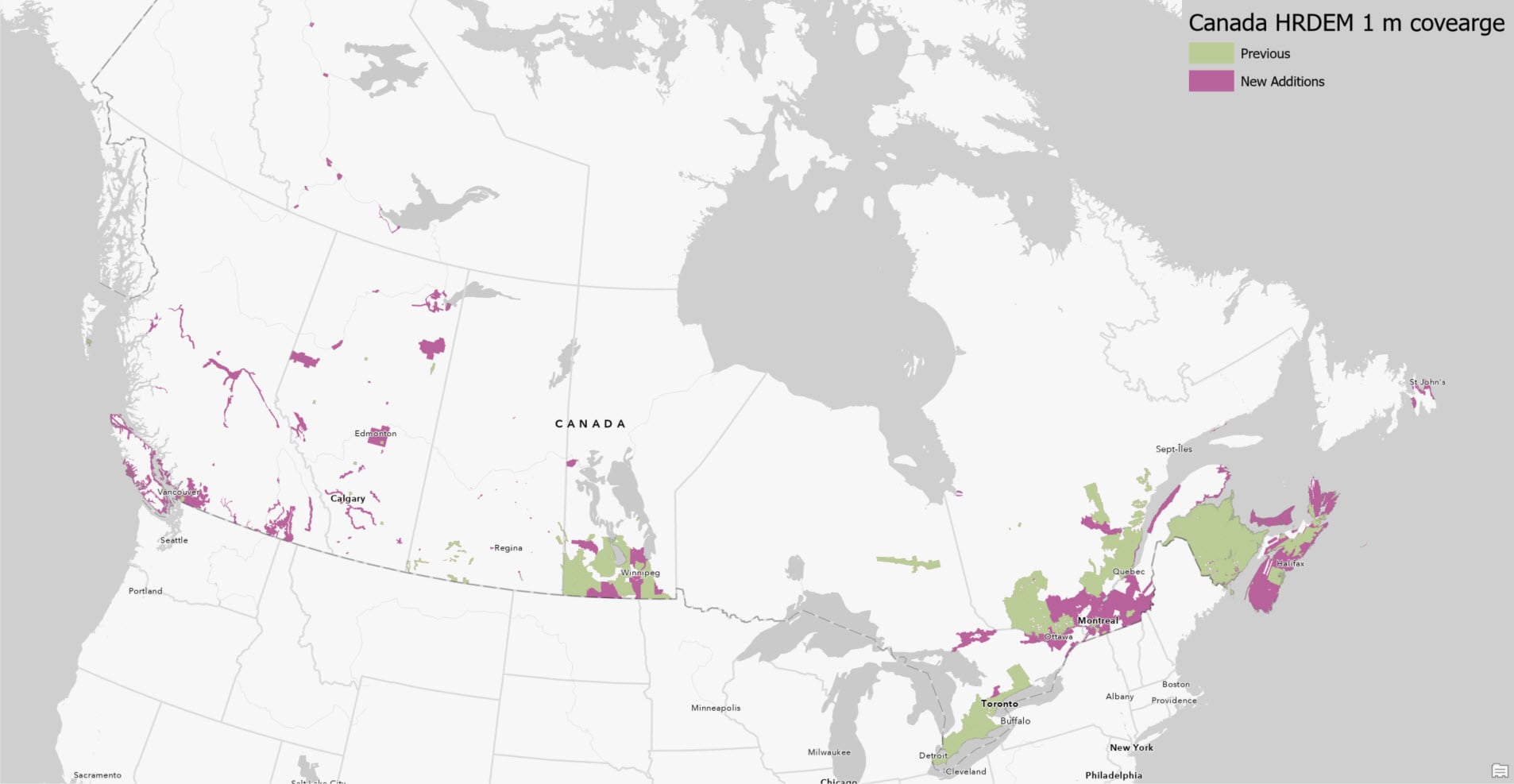
- Natural Resources Canada’s (NRCan) LiDAR derived High-Resolution Digital Elevation Model (HRDEM) of 2 meter covering about 50,000 km² in southern part of Manitoba province.
- Land Information New Zealand’s LiDAR derived 1-meter DTMs covering partial areas of New Zealand. In this release, 20,000 km² of new data was released bringing total coverage to 56,702 km² (see map below).
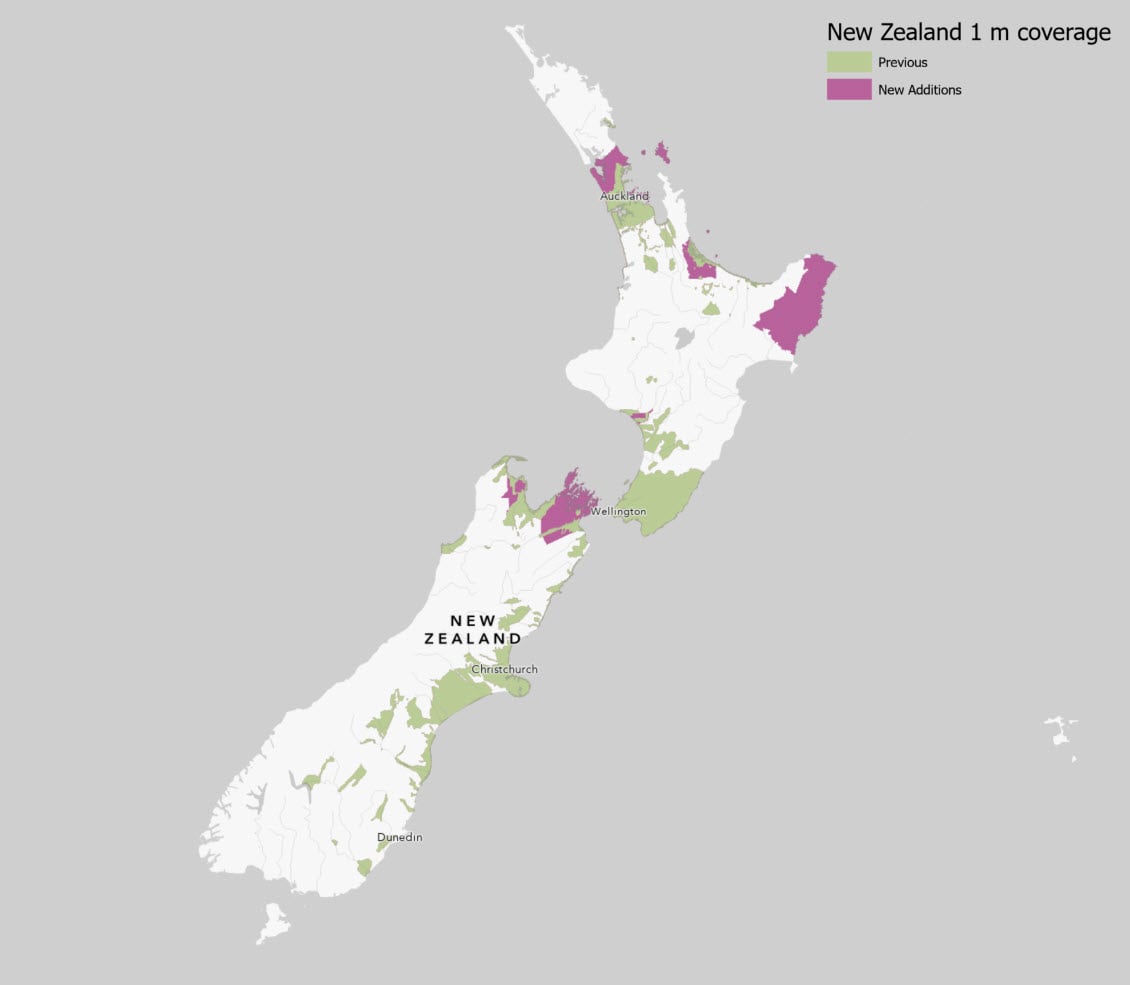
- USGS’s 1/3 arc second (~ 10 meters) seamless DEM dataset for the Unites States with full coverage of the 48 conterminous states, Hawaii, Alaska, and U.S. territories.
- USGS’s 1 arc second (~30 meters) seamless DEM dataset for the conterminous Unites States, Alaska, Hawaii, Canada, and Mexico.
TopoBathy layer is updated with:
- Natural Resources Canada’s (NRCan) 10 meters topobathy covering Canada’s west coast.
Ready-To-Use Elevation Tools:
Ready-To-Use Elevation Tools (Profile, Viewshed and Summarize Elevation) are also updated with the USGS’s latest 1/3 arc second and 1 arc second datasets.
Let’s see a few examples highlighting the improvements.
Wakefield, QC, Canada – Gatineau River and the Gatineau Highway near Wakefield depicted with 1-meter HRDEM in comparison with USGS’s 30 meter DEM
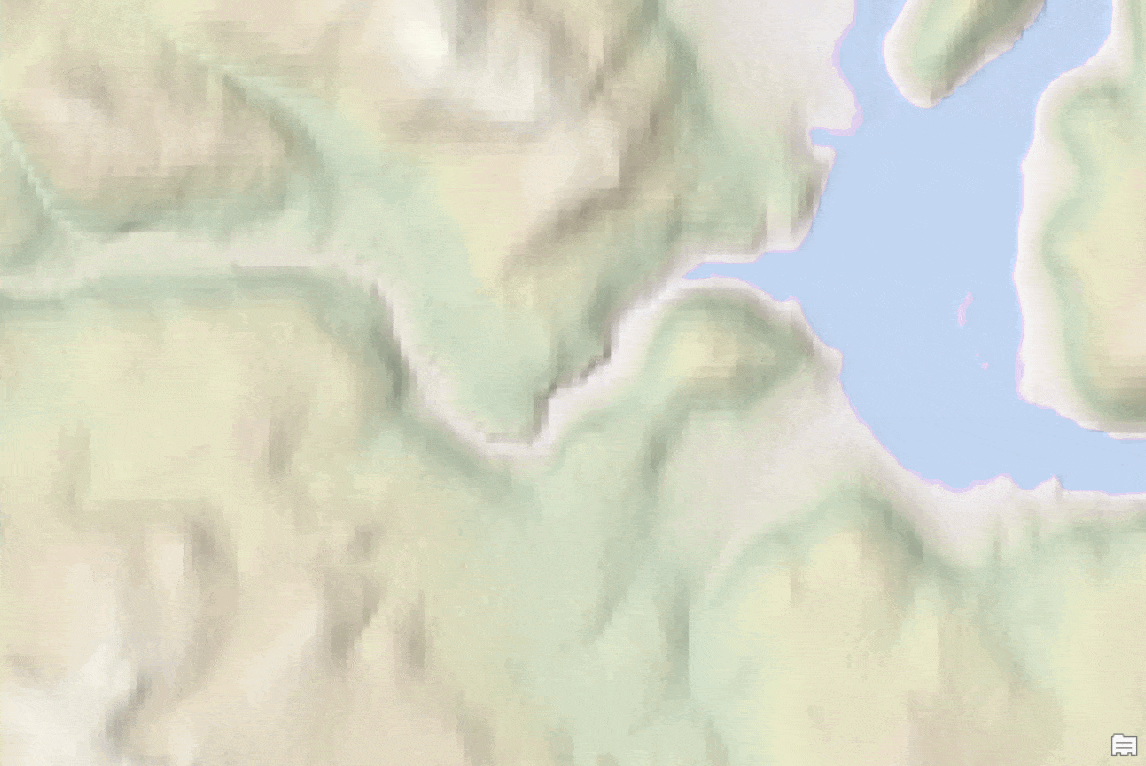
St. John’s, NL, Canada – fine details in urban area depicted with 1-meter HRDEM in comparison with USGS’s 30 meter DEM
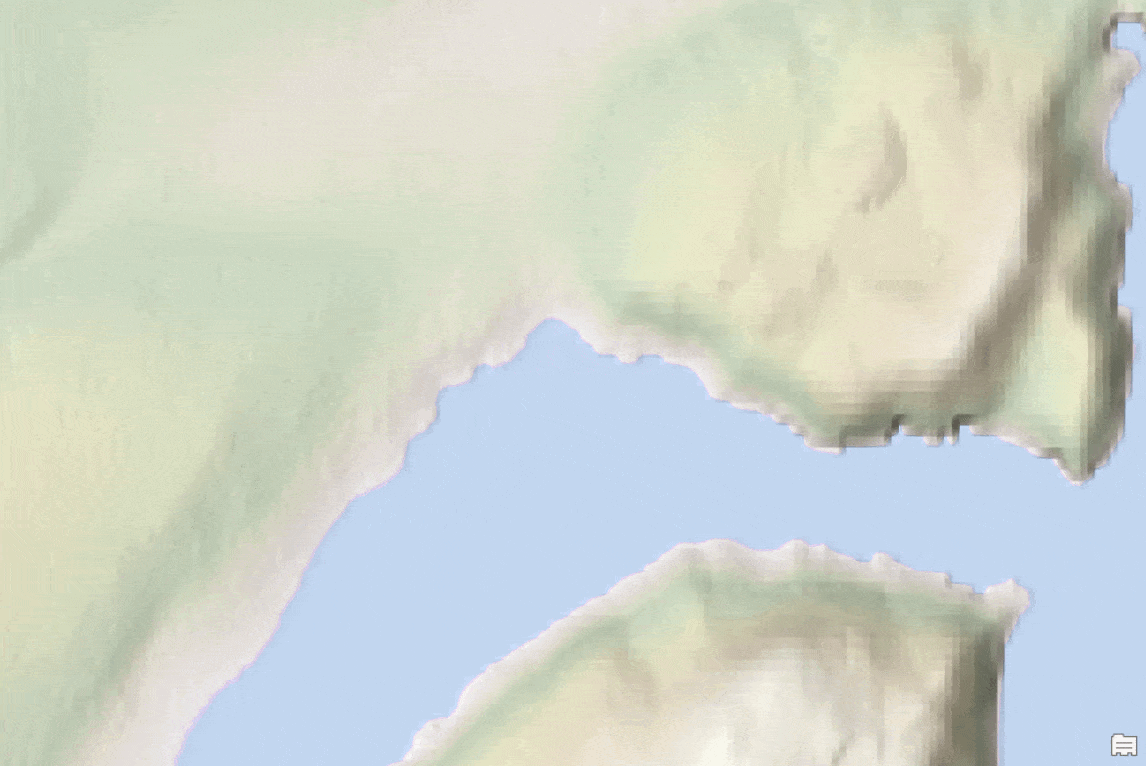
Mount Hikurangi, New Zealand –North Island’s highest non-volcanic peak at 1,752 m (5,748 ft) depicted with LINZ 1-meter DTM in comparison to 24 meters WorldDEM4Ortho
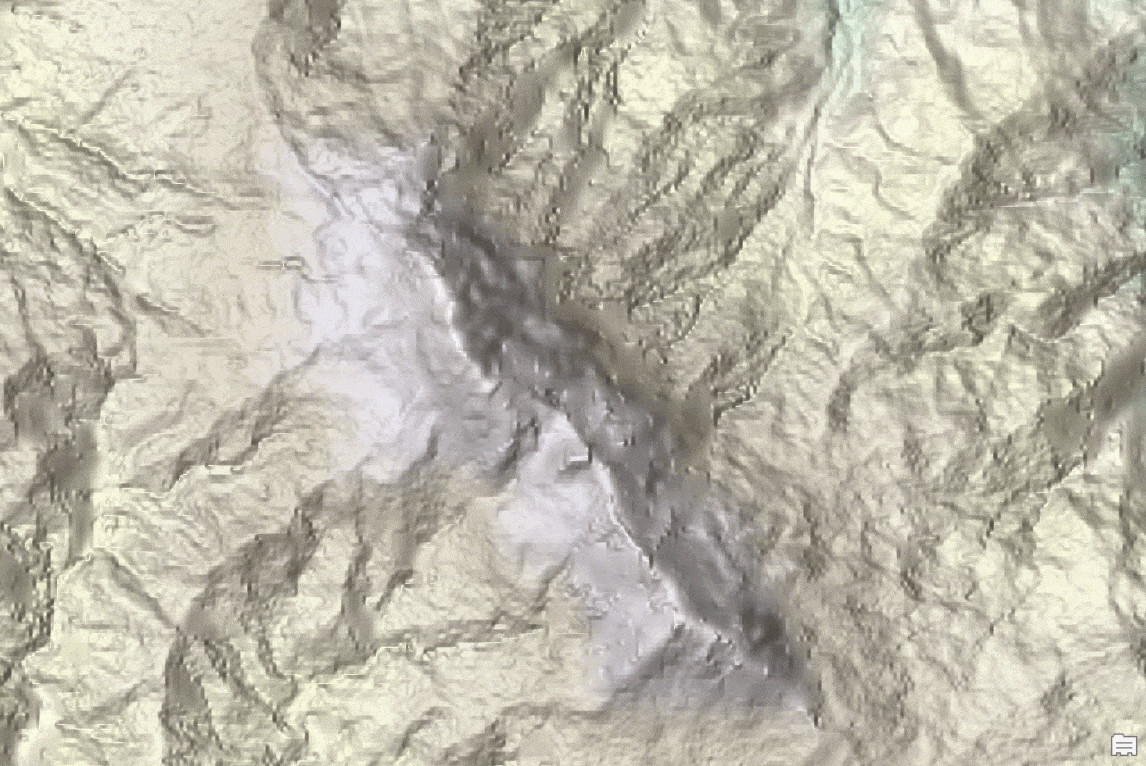
Whanganui, New Zealand – urban area depicted with LINZ 1-meter DTM in comparison to 24 meters WorldDEM4Ortho
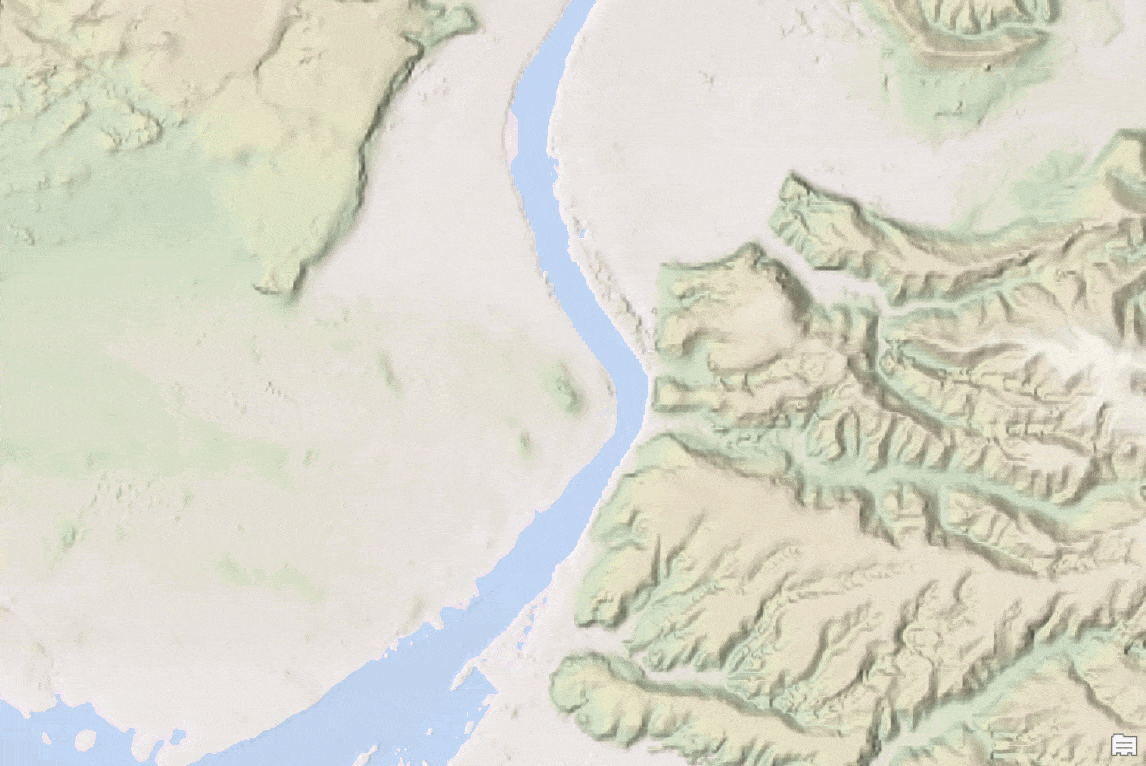
These data updates will be rolled out to the world elevation tiled services – Elevation 3D (Terrain3D and TopoBathy3D) and Hillshade (World Hillshade and World Hillshade (Dark) ) by the next quarter.
To see the coverage extents of each source comprising World Elevation services, check out the Elevation coverage map.
You can help in improving these services by contributing high-resolution elevation data to Living Atlas of the World. To participate and learn more, check out the Esri Community Maps for Elevation program.

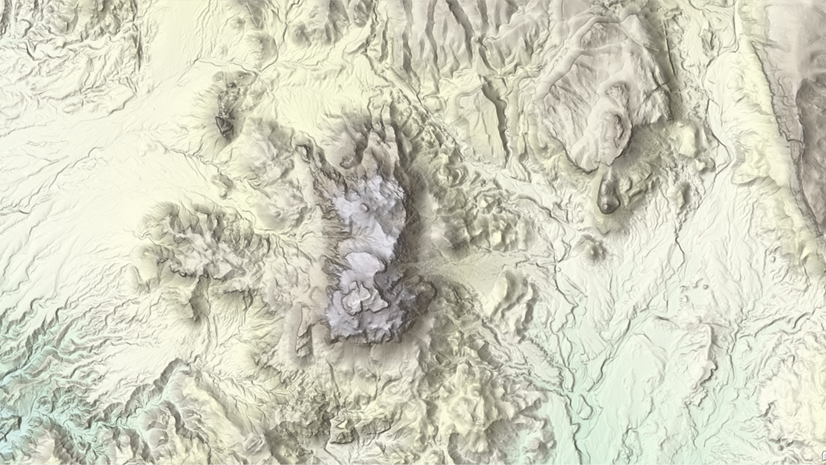


So living atlas’ terrain data defaults to the highest resolution available? So for the lower 48 the resolution will be 1/3 arc second at worst, and then LIDAR data if available? Thanks for any feedback you have.
Yes, Terrain is a multi-scale service, comprised of multiple data sources. In US, the lower 48 is covered fully by 1/3 arcsec and then 1 meter 3DEP where available. Please refer elevation coverage map for data extent: https://www.esriurl.com/elevationcoveragemap. Hope it helps!